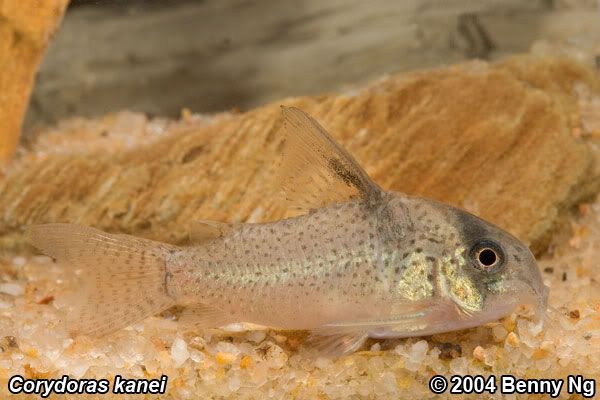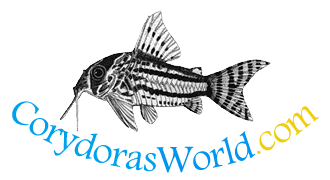What we are looking at here are possibly the two extremes of the colour pattern of the species
I thought about that briefly, then discounted it for several reasons:
1. The dorsal-to-adipose distance is shorter in the second fish (the one with thew non-spotted head), this makes the fish look a little more squat.
2. The top of the snouts slope differently. Presumably, this can be translated into differing shapes of the mesethmoid.
3. It appears that the cleithral (humeral) processes are not exactly the same shape in both fish.
Having no idea of the extent of intraspecific variation in
Corydoras, I do not know whether these would make them two species. I do know that such differences in many other catfish groups would.










